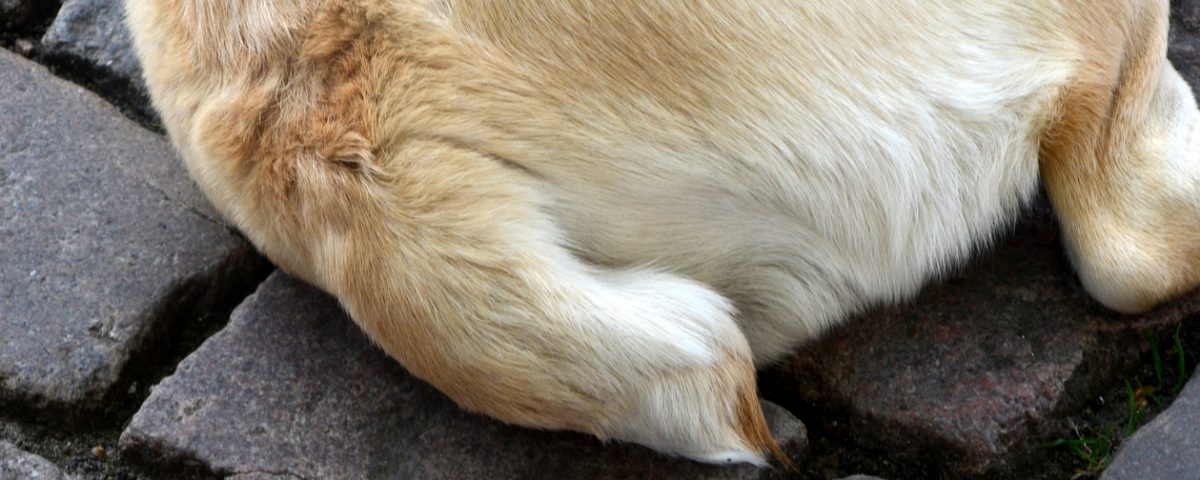- Call today!
- 845-706-7885

Unshakeable courage of the real War Horses: The eight million forgotten animals who were killed on the frontline
May 28, 2017
How Do I Get My Cat to Eat New Food?
July 23, 2017The procedures are called tail docking and ear cropping, and they’re commonly performed on this breed and many others. But they’re really amputations by other, more euphemistic names. They are said to have started with the Romans, who believed that tails spread rabies, and been continued by ranchers, hunters and dog-fighters who thought they prevented prey or adversaries from downing dogs by the tail or scalping them by the ears.
Today, these surgical alterations have become so normal for some breeds that it’s difficult to even recognize dogs with intact ears and tails. And they have become so normal, Katelyn Mills found out, that a fairly stunning percentage of Americans likely believe the dogs are born with stump tails and pointy ears.
Mills, a graduate student at the University of British Columbia, grew interested in the topic of medically unnecessary animal surgeries — a category that includes cat declawing and dog debarking — as a third-year undergraduate. With her animal welfare professor, Marina von Keyserlingk, and a fellow student, Mills published a review of the scientific literature and history of docking and cropping earlier this year in the Journal of the American Veterinary Medical Association. While researching, she said, she noticed that surveys on the procedures were based on veterinarians’ and breeders’ opinions of them. She wondered how ordinary people perceived them.
That question led to a study whose findings were recently published in PLOS One. First, Mills and colleagues asked 810 participants, all Americans surveyed online, to look at the photo of the docked and cropped Doberman, as well as photos of three other breeds whose ears and tails had been altered, as they commonly are: the Boxer, the miniature Schnauzer and the Brussels Griffon. When given a list of 10 traits — including fur color and number of teeth — and asked to rate the extent to which they were hereditary or human-caused, participants overwhelmingly answered that the dogs had been born with short tails and erect ears.
Next, 392 other participants were shown the pair of Doberman photos above or similar pairs of photos of the other three breeds: One surgically modified, one in its natural state. Participants were told the dogs were purebred and siblings. When asked to explain the ear and tail differences, fully 42 percent of respondents answered that “individual dogs of the same breed vary in appearance, meaning some will have tails and ears of different shapes and sizes.” In other words, some were simply born that way.
Von Keyserlingk, a co-author of the study, said she thinks the results indicate that many people have come to accept dogs’ typical appearances at face value, not as products of centuries of human decisions. Mills added that she believes that lack of awareness could be intentional.
“People disconnect themselves from things if they find it uncomfortable,” Mills said. “They don’t want to know about it.”
They’re not particularly pleasant procedures to know about. Tail-docking is performed by veterinarians or breeders when puppies are three to five days old, either by cutting the tail with scissors or a scalpel or putting an elastic band around it that restricts circulation and makes it fall off. Anesthetic is rarely used.
Veterinarians usually, but not always, do ear-cropping on seven- to 12-week-old puppies and use anesthetic. After cutting the ears into the owner’s chosen shape (Dobermans might get a ‘military crop’ or a ‘show crop’), the ears are held upright for months, at first in a styrofoam cup and then with tape, until they heal and stand on their own.
Tail docking and ear cropping in dogs are now banned in much of Europe and Australia. That’s not the case in North America, even though the American and Canadian veterinary medical associations oppose the procedures and veterinary schools no longer teach ear-trimming. Just two states limit, but do not ban, tail-docking; nine limit ear-cropping.
The main reason the surgeries continue is resistance from breeders. Docking and cropping are enshrined in many “breed standards,” detailed guides to how show dogs should look. Some are not so rigid when it comes to ears; the American Kennel Club says a Doberman’s are “normally cropped.” But standards for all four breeds in Mills’s study describe them as having docked tails, and those for the Boxer and Miniature Schnauzer note that dogs sporting their natural-born tails will be “severely penalized.”
[This attempt to walk 45 dogs at once was an adorable, spectacular failure]
The AKC says the procedures are neither painful nor purely aesthetic. Instead, the organization says, they help the dog “perform the tasks it is meant to do.” Brussels Griffons were traditionally kept in stables to control vermin, and trimmed ears prevented rats from biting them, the AKC says. Defenders also argue that cropping ears prevents ear infections or injuries, and that docking prevents tail injuries. Others make a back alley-type argument about cropping: If vets aren’t allowed to do it, dog owners will find someone unqualified to do it.
Research hasn’t backed up most of these claims. As Mills found, the breeds most likely to get ear infections are not traditionally cropped, even though some, like cocker spaniels, have pendulous ears. Many working breeds, such as retrievers and spaniels, also have flopping ears. According to Bronwen Dickey, who wrote a recent book on pit bulls, most dog fighters abandoned ear cropping in 1970s because they decided it actually made dogs more vulnerable.
Although gauging pain in animals is difficult, available research suggests tail docking hurts. One Australian study found veterinarians overwhelmingly thought it was painful, while breeders overwhelmingly didn’t. Another study of 50 puppies reported that all “struggled and vocalized repeatedly and intensely” during and after docking. The supposed benefits also aren’t well-supported: Two studies, Mills wrote, concluded that tail injuries are so rare that you’d have to perform hundreds of dockings to prevent one.
And then there’s the fact that most American dogs today are city-dwelling pets not used for hunting and burrowing. So these procedures are usually carried out for cosmetic reasons or “tradition,” or because people want dogs to look tough.
“On the one hand, dogs are revered as much loved companions and family pets,” Australian anthrozoologist Pauleen Bennett and a colleague wrote in a review of tail docking issues in 2003. “On the other, they are seen as objects, able to be bought and sold, disposed of, euthanased, mistreated, exploited and surgically modified at will.”
Tails can talk
The procedures can also affect the way dogs are viewed by peers and humans.
Imagine a friendly dog. Chances are its ears are floppy — as the ears of most domestic animals are — and its tail is relaxed and wagging.
That tail is saying something. According to one study, big dogs were more likely to approach a remote-controlled dog model with a long, wagging tail — which can indicate a desire to play — and less likely to walk up to one with an unmoving tail. They approached a docked dog equally, whether it was wagging or not, indicating they couldn’t read the dog’s signs at all. Another study found that dogs wag their tails to the right when relaxed and to the left when nervous — and that dogs viewing the waggers’ silhouettes became more stressed when seeing leftward wagging.
“In intraspecific communication, it’s important to have all the body parts,” said Julie Hecht, a canine science blogger for Scientific American. “The tail is an instrumental part of this whole communicative repertoire.”
There have been no controlled studies on ears in canine communication, though dog behaviorists say they can express alertness or aggression. But Mills found they can certainly influence a dog’s image when paired with docked tails. For her recent study, she asked participants to look at photos of dogs and owners and ascribe traits to them. Docked and cropped dogs were viewed as more aggressive and dominant than unmodified dogs.
That could promote unnecessary conflict between between people and dogs, she wrote, and it could have an effect that trickles down to animal shelters, where people sometimes decide to adopt pooches because they think look nice.
“What is scary to me about the cropping is that you’re essentially creating a very alert, forward-looking appearance , even if that is not how the dog is wanting to present itself,” Hecht said. “In terms of how dogs are perceived by humans alone, I feel very bad for them. It’s nice to be perceived as friendly and approachable.”
Read more at Washingtonpost.com




